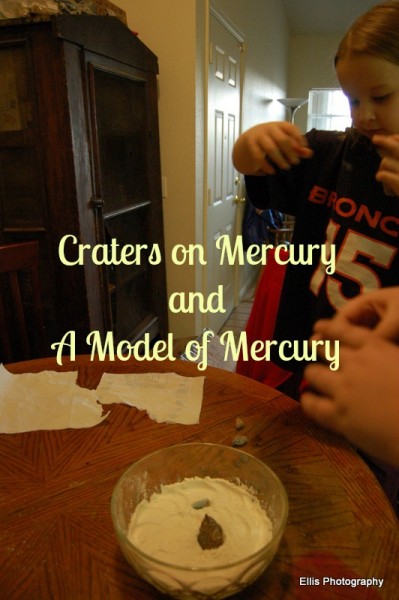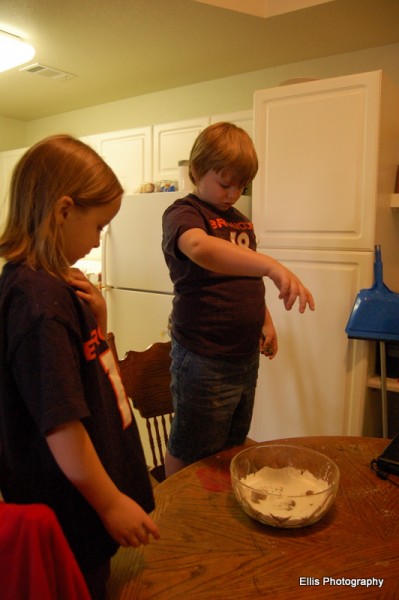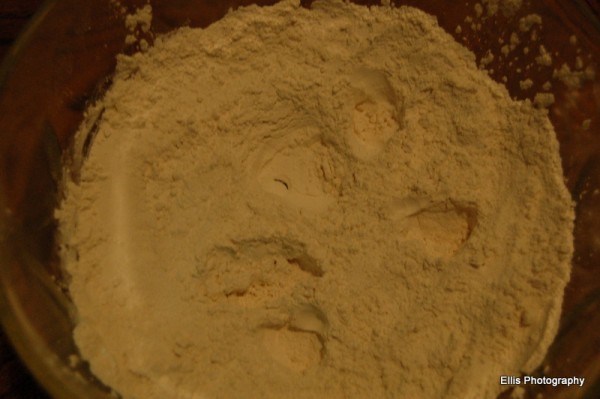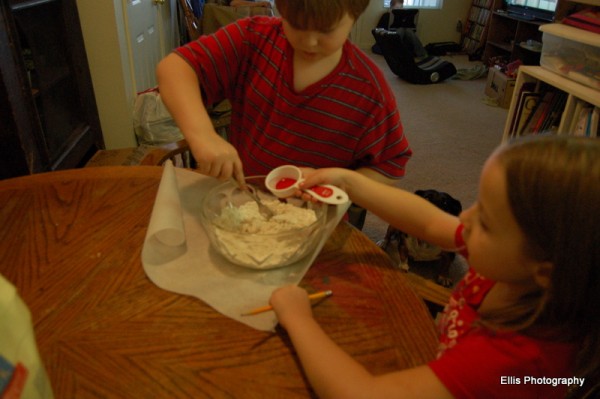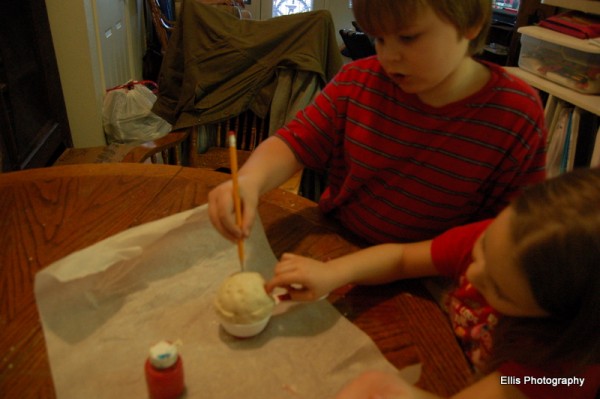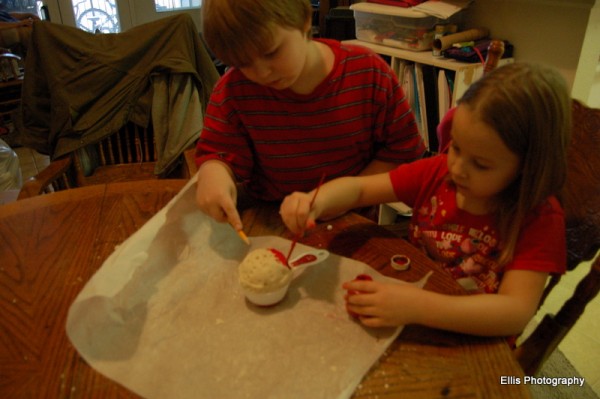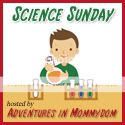It is such a blessing being part of the Moms of Master Books review team. The book that I get to share with you this time is, Exploring The World of Astronomy.
Exploring The World of Astronomy is just one book, in a series of science books, written by John Hudson Tiner. In this book, Mr. Tiner will help you discover many details about the amazing planets, stars and space that God created for us.
In the Exploring The World of Astronomy book, there are graphs, charts, explore more sections and chapter reviews in the 13 Chapters and 173 pages of this book. This is a paperback book
There are a few ways that you can use this book, to help your children understand about the world that God created. Elementary students can use this book with help from the parents. Together, you can sit down, read over the sections in the chapters and then discuss the questions at the end of the chapter.
My younger kids and I took just a couple of pages at a time. By taking it slow, we were able to look at words they did not recognize and find their meanings. My kids always surprise me, by being able to remember more than what I give them credit for.
I feel like this book is really geared toward the older elementary/middle school student. This age group could definitely use this book, on their own and be able to comprehend what they are reading. They would also be able to read and answer the questions, by themselves. This astronomy book for also make for a great refresher course for the high school student. The Explore More sections in the book would give the older students a chance to delve a little deeper into the subjects they are reading.
My oldest daughter, who is 16, enjoyed reading this book, just for fun. She liked the couple of pages in the back of the book that gave extra questions, she could research.
While we liked Exploring The World of Astronomy’s content, there were a couple of things that I did not like about the book. The first thing that I do not like, it is a soft cover book. The majority of books that I have gotten from Master Books, they have been hardback and are very sturdy, this one is not. The other thing that I have always loved about Master Books books, are they are always so beautiful and full of color. This book is just black and white. I would have loved to of seen all of the space and planet pictures in full color.
Is this a book I would recommend to someone wanting to learn more about Astronomy? Absolutely. The information inside of the book is worth it! If your family is a science loving family, I think you will enjoy this book as much as we have!


